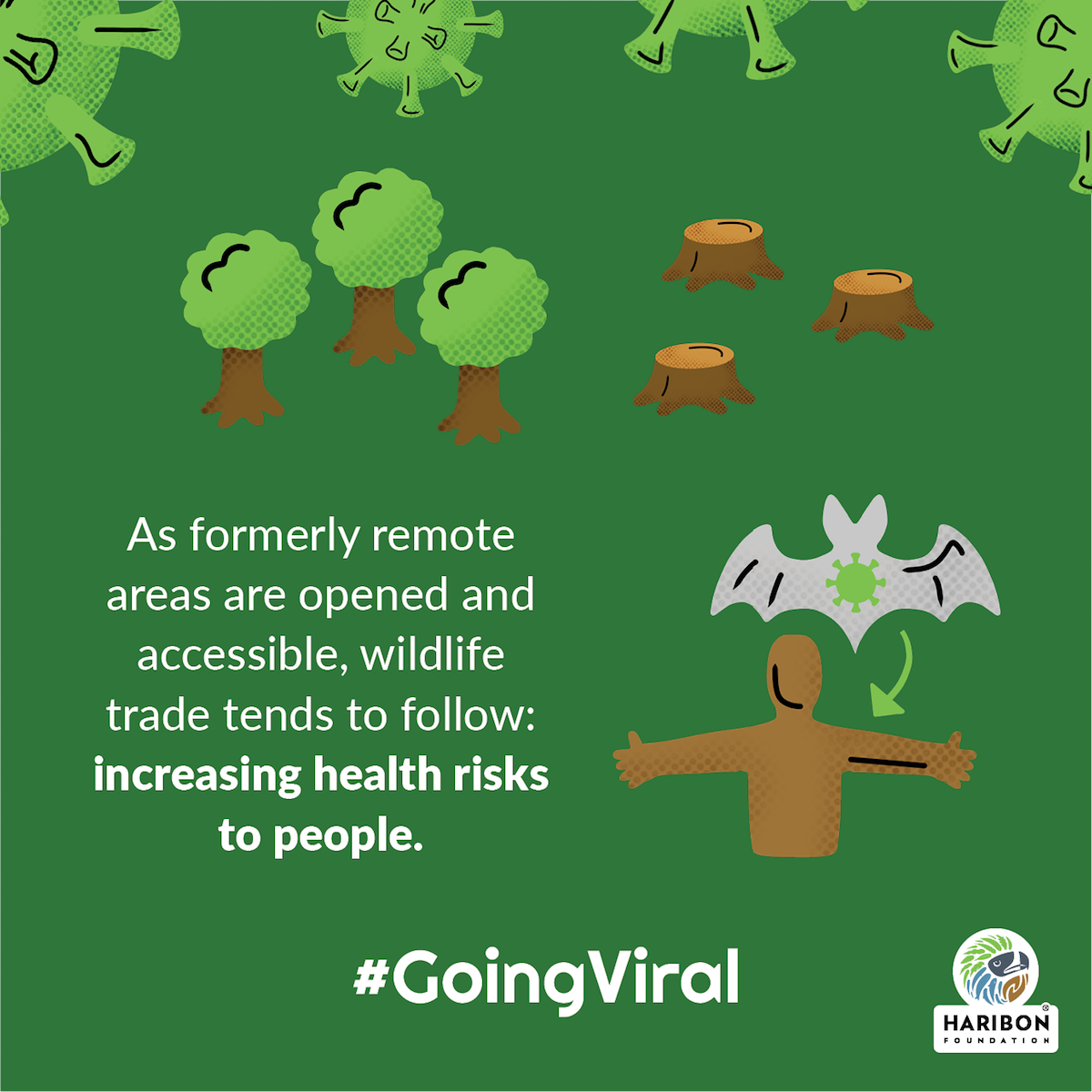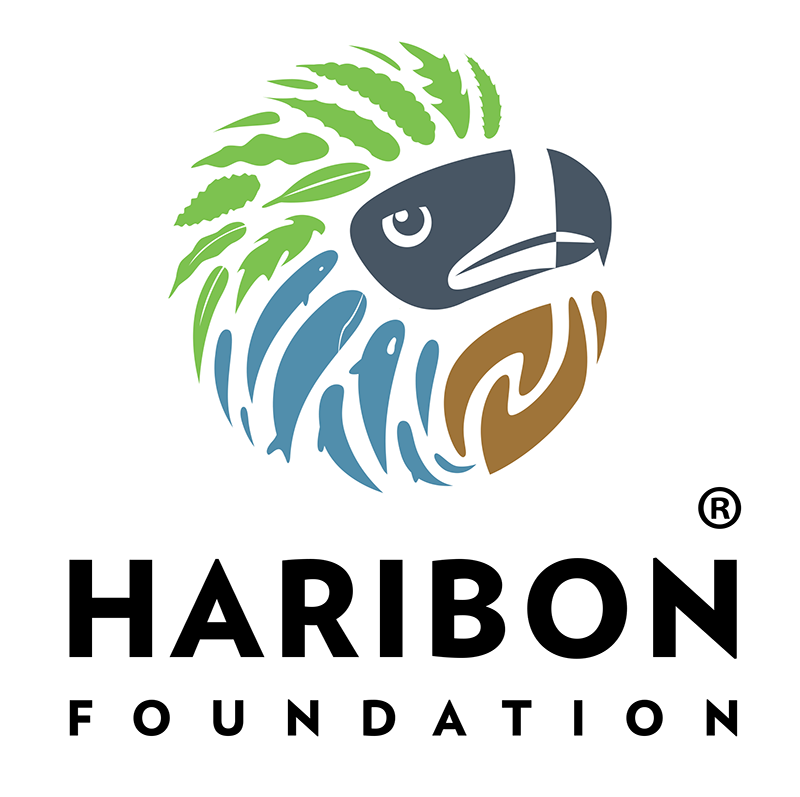The world is currently fighting tooth and nail against a deadly virus known as COVID-19, a pandemic that has put billions of lives at risk.
As healthcare workers fight against the outbreak, people who went into social isolation to prevent further infections of the virus delve into numerous social discussions on health practices, health systems, politics, and, the environment.
What are pandemics?
Disease outbreaks start as epidemics or when the disease rapidly spreads across a particular region or regions before they are classified as pandemics. These diseases can affect thousands to millions of people easily through person-to-person contact if the virus, which usually comes from wild animals, changes or mutates.1
A novel infectious agent or a bacteria that becomes resistant to antibiotic treatment are the usual causes of a pandemic. Considering that the cause is a novel bacteria or virus, humans may have little to no immunity against, which may lead to high death tolls.1
Conditions for deadly diseases
Numerous outbreaks plagued the world throughout history, with some deadlier than others. Among them is the spread of the Nipah virus in 1997.2 Scientists identified the virus was carried by fruit bats that flew from Indonesia to neighboring countries in search of food.
The Nipah virus outbreak is just one of the many infectious diseases, usually confined in wildlife, that infected people living in or near areas undergoing deforestation. Deforestation creates conditions for a variety of deadly viruses that emerge and eventually spread to people.2
A decreasing number of forests has been linked to 31% of disease outbreaks as bacteria and virus-carrying animals are driven out of their natural habitats and moving closer to human settlement.3 This is the case for the Nipah virus outbreak; Fruit bats migrating to neighboring countries, bringing with them novel virus strains, after their homes were burned down to make way for agriculture.
Along with declining biodiversity is the drive to hunt and sell wildlife, even those that are endangered, and increasing the risks of animal-to-human transmission of novel diseases.4 It is believed that it’s because of this exploitation and abuse to nature that the COVID-19 virus spread from animals to humans.
Biodiversity would have contained pathogens before they could infect humans.2 But the destruction and unwanted intrusion into natural habitats—whether for hunting wildlife or agricultural development—made containment far more difficult.
Protecting biodiversity
It’s plain to see that biodiversity plays a huge role in containing diseases that put human lives at risk, but considering this crucial factor in key discussions is rare. Including this is in policy decisions that affect natural ecosystems sees the same fate. The current pandemic is another wake-up call for lawmakers and societies to think about the effects of turning a blind eye on these connections.
While finding a cure and vaccine will help in resolving the current pandemic, preventing another one will be next wise action. Biodiversity conservation is a crucial step society needs to take to curb a new wave of disease outbreak.
Collectively holding companies accountable for their acts against the environment and demanding them to eliminate these actions is also critical in protecting biodiversity. Along this line is supporting the Indigenous Peoples and Local Communities who safeguard the forests and maintain the integrity of forest lands.
Taking part in conservation efforts such as tree planting activities, donating to environmental organizations like the Haribon Foundation, volunteering, or raising awareness about the cause are also ways that any citizen can do in preserving and restoring nature and its resources.
Above all, governments should be at the forefront of biodiversity conservation and upholding the rights of every individual. People in power should implement science-based conservation policies to protect nature and its people.
To help conserve the environment against future pandemics, go to bit.ly/HelpOurForests.
Sources
- Adam Felman, 2020. “What to know about pandemics.” MedicalNewsToday.com. https://www.medicalnewstoday.com/articles/148945#pandemic-or-epidemic
- Katarina Zimmer, 2019. “Deforestation is leading to more infectious diseases in humans.” National Geographic. https://www.nationalgeographic.com/science/2019/11/deforestation-leading-to-more-infectious-diseases-in-humans/
- CNBC. “Biodiversity and preparedness for pandemics.” https://www.cnbc.com/advertorial/biodiversity-and-preparedness-for-pandemics/
- Eric Roston, 2020. “Want to Stop the Next Pandemic? Start Protecting Wildlife Habitats?” Time Magazine. https://time.com/5817363/wildlife-habitats-disease-pandemics/

